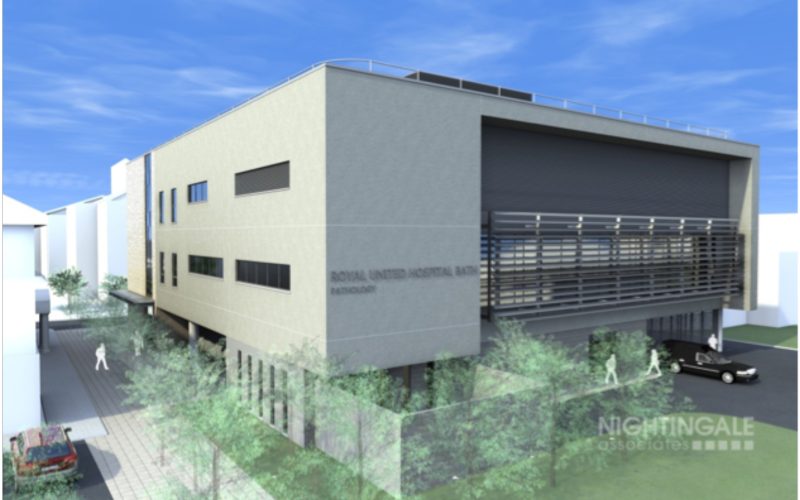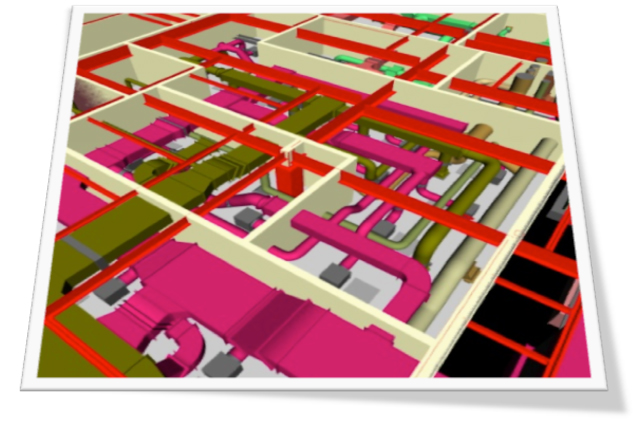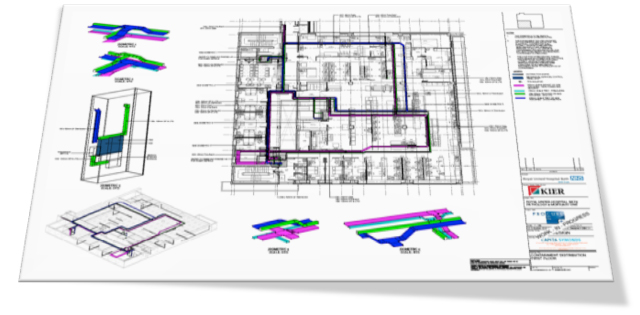An £11m scheme to develop a new pathology laboratory and mortuary at the Royal United Hospital (RUH) in Bath has been boosted by the use of Building Information Modelling (BIM) as a case study by Principal Supply Chain Partner Kier Health.
Opening in December 2013, the scheme is a key development for RUH Bath, forming the first phase of an ambitious estates strategy to transform the 52-acre site; the new pathology lab and mortuary provides efficient space on three levels and replaces outdated poor-quality buildings.
The design and construction phases made integrated use of BIM to help communication with the Trust and across the wider team. “Although the BIM model was predominantly focused on mechanical and electrical services, it was developed to include basic doors and walls, which helped the client team visualise their spaces,” said Richard Davis, construction director at Kier, “and the Estates team could also see that space had been planned for future maintenance.”
Richard said the model had helped to give confidence in the programme at an early stage: “A true benefit was being able to build the model up by discipline and avoid clashes.” Once the scheme moved into the construction phase, there were additional benefits on-site: “Using the clash detection facility and knowing everything will fit gives added confidence in the programme, and in the sequencing of construction activities,” remarked Richard Davis.



